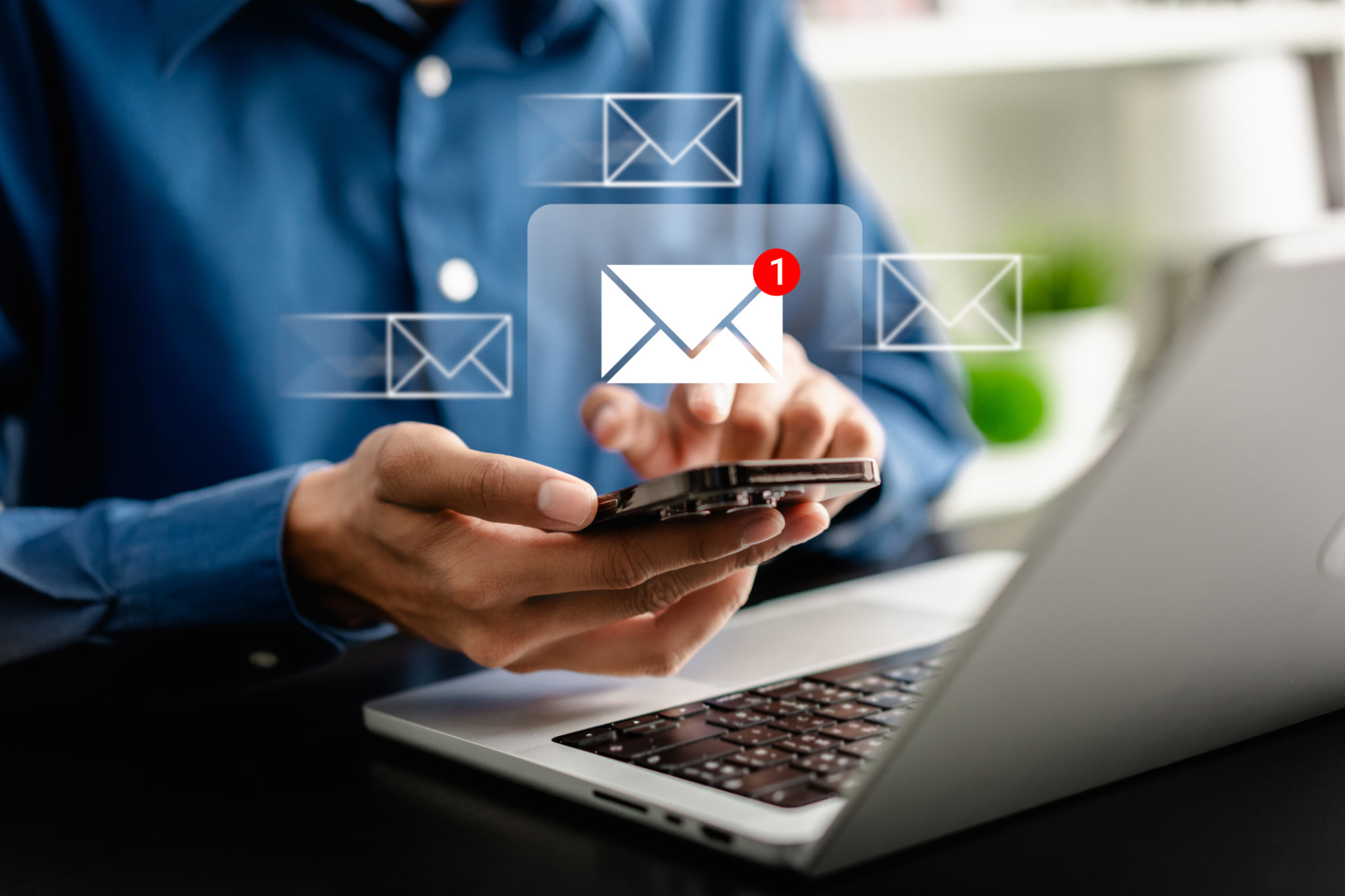How to Optimize Your Email Campaigns for Maximum Engagement
Understanding Your Audience
To optimize your email campaigns for maximum engagement, it's crucial to start by understanding your audience. Knowing who your subscribers are and what they are interested in can significantly impact your campaign's success. Use analytics and customer data to segment your audience based on demographics, purchasing behavior, or engagement levels. This will allow you to tailor your content to meet the specific needs and interests of each group, leading to higher engagement rates.
Consider creating buyer personas to represent different segments of your audience. These personas should include details such as age, gender, interests, and pain points. By crafting your emails with these personas in mind, you can ensure that your messages resonate with your readers.

Crafting Compelling Subject Lines
The subject line is the first thing your audience sees and plays a critical role in whether your email gets opened. To increase open rates, craft subject lines that are clear, concise, and compelling. Use action-oriented language and create a sense of urgency or curiosity that encourages recipients to click.
A/B testing different subject lines can also provide valuable insights into what resonates best with your audience. Testing variables such as length, tone, and personalization can help you refine your approach and boost open rates.
Personalizing Your Content
Personalization goes beyond just adding the recipient's name to the email. To truly engage your audience, customize the content based on their preferences and behaviors. Use dynamic content blocks to show different images or offers to different segments of your audience.

Moreover, consider incorporating personalized recommendations or special offers based on past purchase history or browsing behavior. This level of personalization can make recipients feel valued and understood, increasing their likelihood of engaging with your content.
Optimizing for Mobile Devices
With an increasing number of people checking their emails on mobile devices, ensuring that your emails are mobile-friendly is essential. Use a responsive design that automatically adjusts to the screen size of the device used. Keep your layout simple, with a single-column format and large, tappable buttons.
Additionally, make sure that any images you use are optimized for fast loading times. A slow-loading email can lead to frustration and prompt users to close it before fully engaging with the content.

Including Clear Calls to Action
Every email should have a clear and compelling call to action (CTA). Whether you want recipients to make a purchase, read a blog post, or sign up for an event, your CTA should stand out and be easy to understand. Use action verbs and create a sense of urgency to encourage immediate action.
Position your CTA strategically within the email. Placing it above the fold, where it can be seen without scrolling, often results in higher engagement rates. Additionally, consider using contrasting colors for your CTA button to draw attention.
Measuring Success and Making Adjustments
To continually optimize your email campaigns, it's crucial to measure their success and make informed adjustments. Track key metrics such as open rates, click-through rates, conversion rates, and unsubscribe rates. Analyzing these metrics can provide insights into what’s working and what isn’t.

Regularly review the performance of different campaign elements such as subject lines, content types, and send times. Use this data to make iterative improvements to your strategy, ensuring your emails continue to engage and convert over time.
